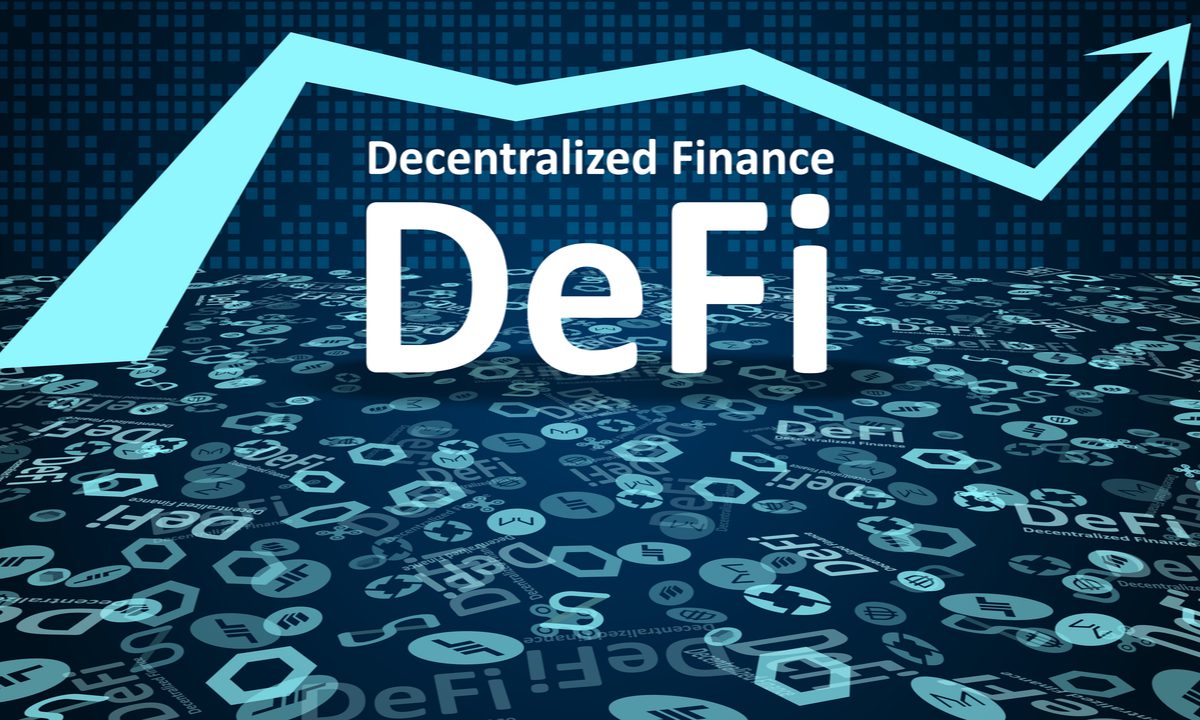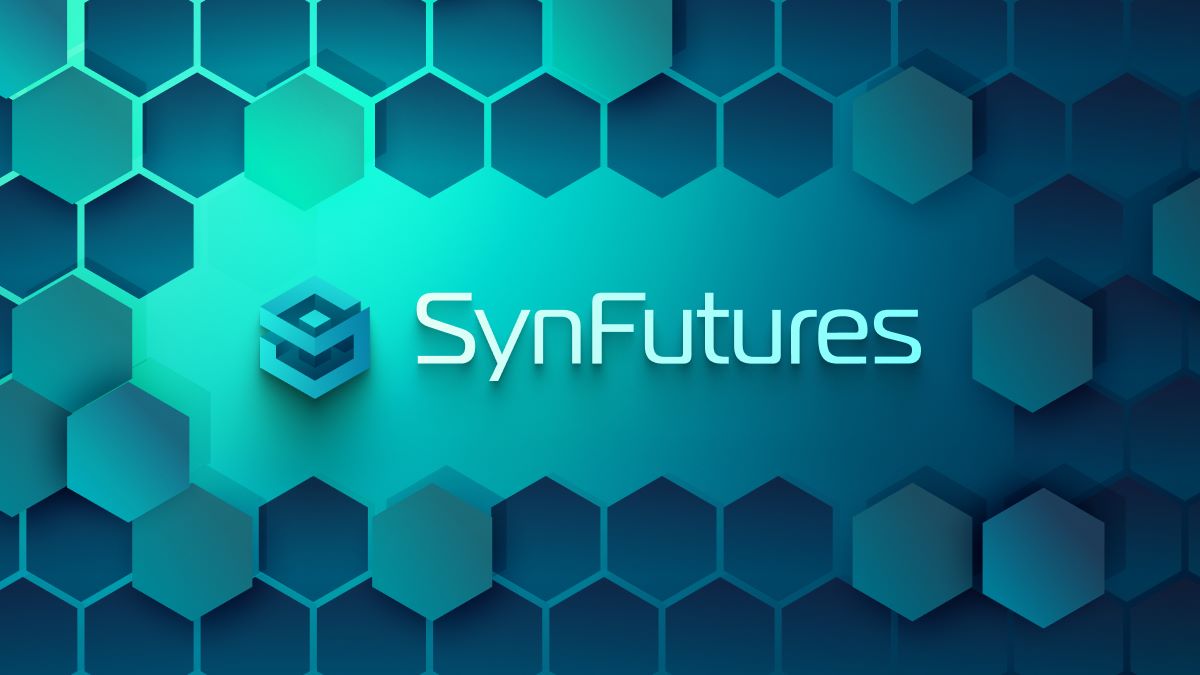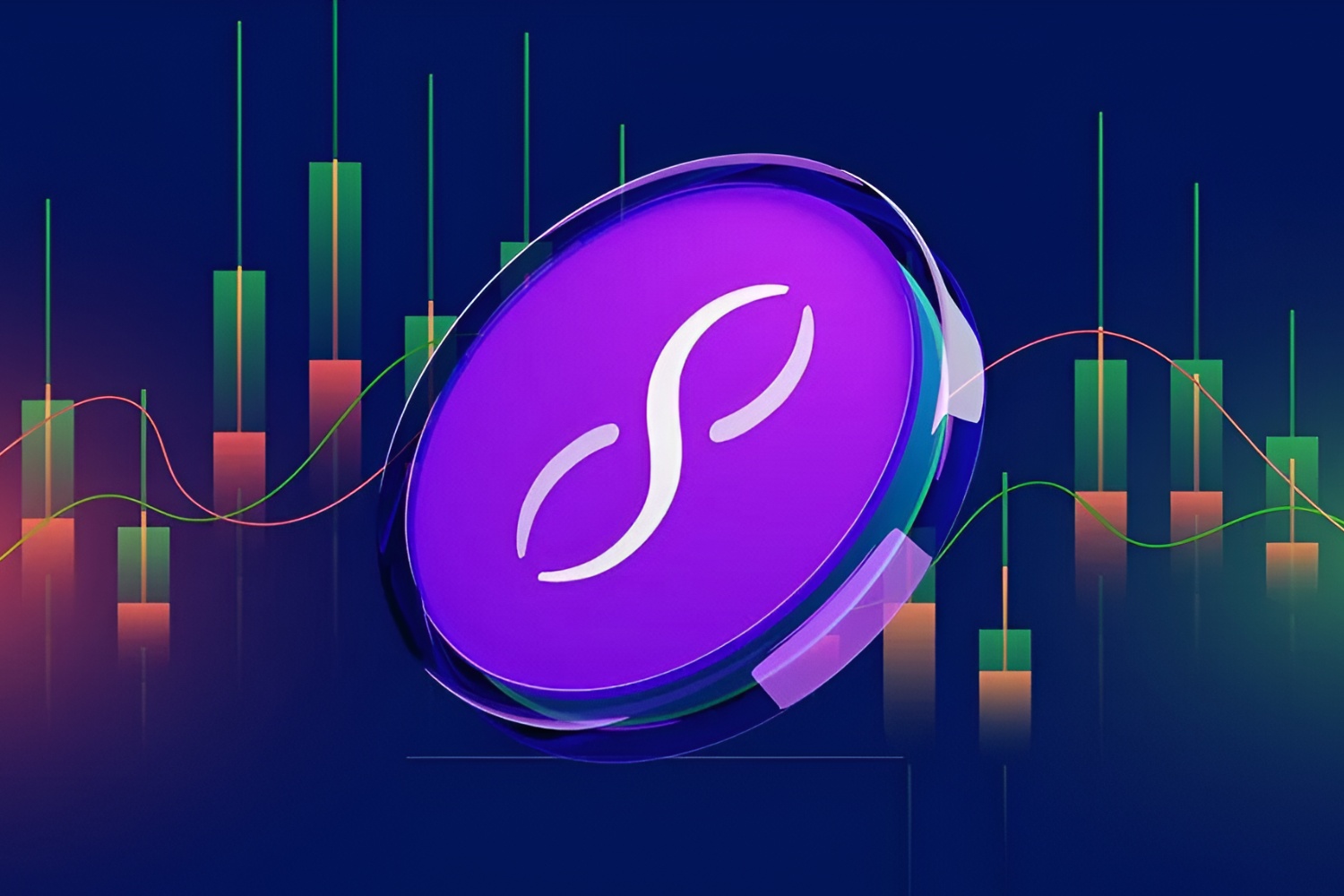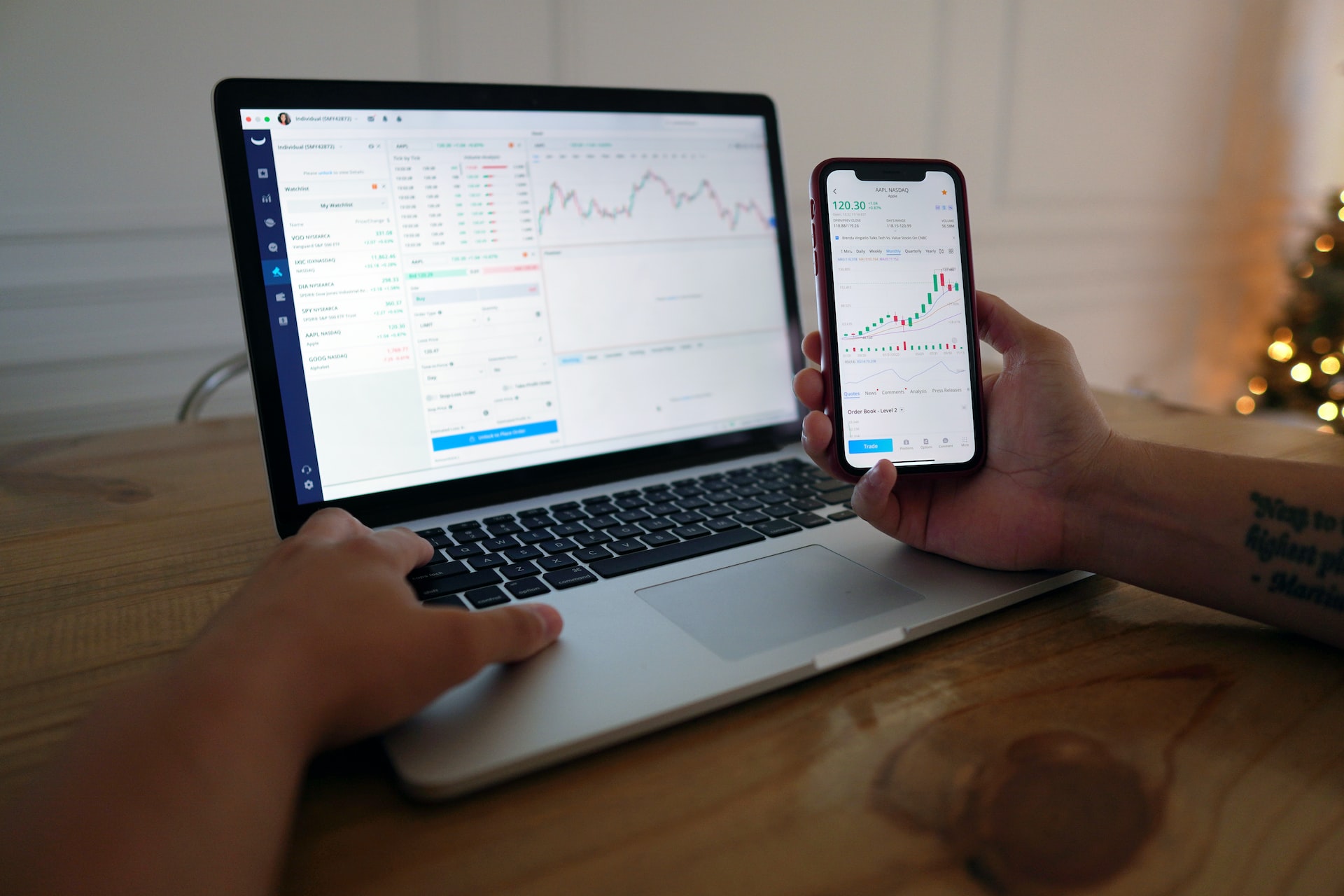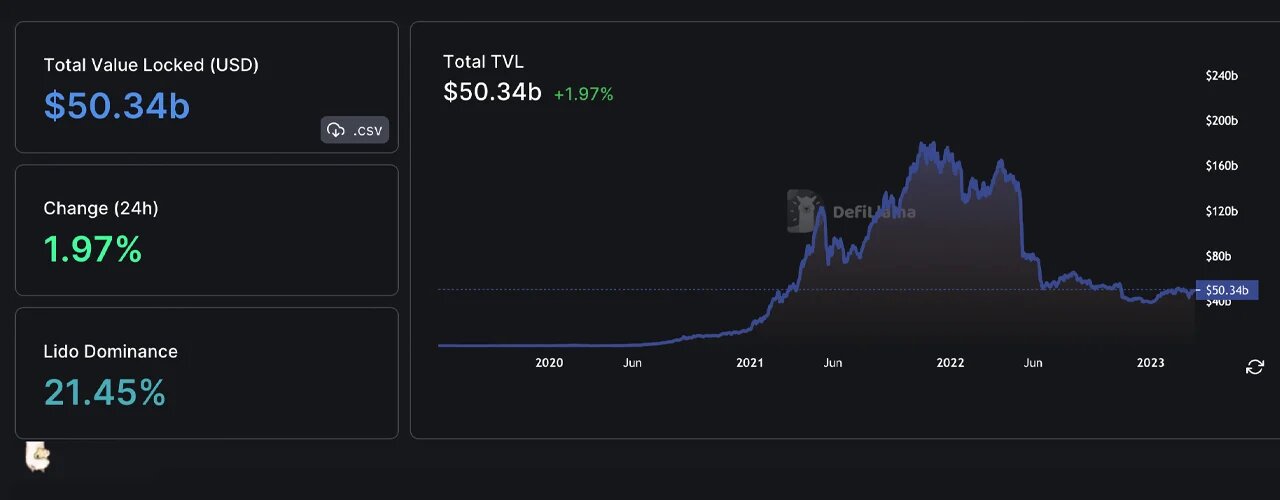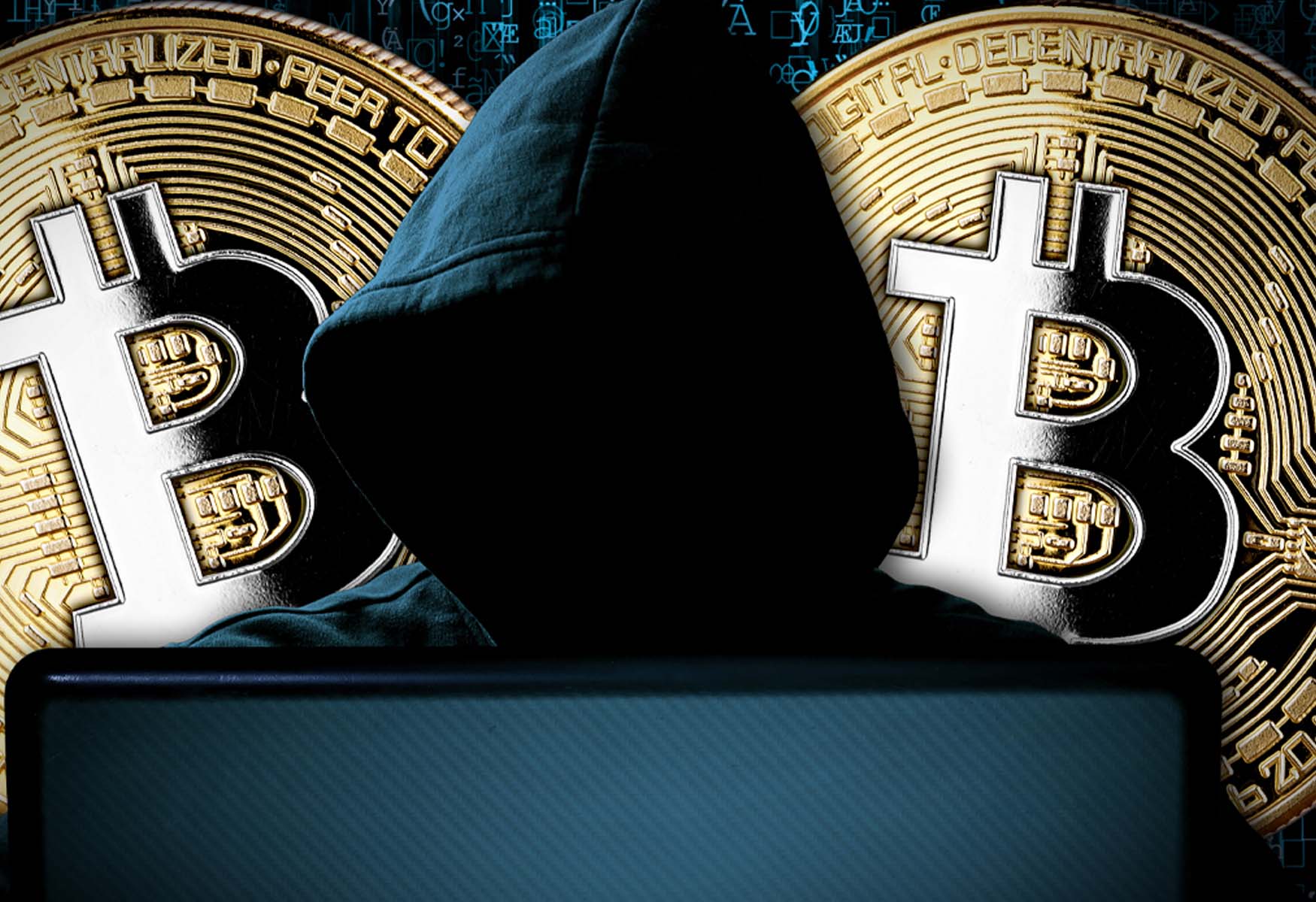Introduction
When it comes to the world of cryptocurrencies, there is one term that has been gaining significant attention and momentum – DeFi. But what exactly is DeFi and why is it becoming such a hot topic in the crypto space? In this article, we will unravel the mysteries of DeFi and explore its potential impact on the financial industry.
DeFi, short for Decentralized Finance, refers to a rapidly growing ecosystem of financial applications and services built on blockchain technology. Unlike traditional financial systems that rely on centralized intermediaries such as banks or financial institutions, DeFi operates on a decentralized peer-to-peer network.
At its core, DeFi aims to provide open and transparent financial services to anyone with an internet connection, without the need for intermediaries. It allows individuals to access a wide range of financial products such as lending, borrowing, saving, investing, and insurance, all without the involvement of a centralized authority.
The rise of DeFi can be attributed to the underlying technology it is built upon – blockchain. Blockchain technology enables trustless and immutable transactions, making it ideal for creating a decentralized financial system. By harnessing the power of smart contracts, DeFi applications are able to automate complex financial processes without the need for intermediaries.
One of the key advantages of DeFi is its accessibility. Traditional financial systems often exclude a significant portion of the global population, especially those in developing countries or underserved communities. DeFi, on the other hand, enables anyone with an internet connection to participate in various financial activities, leveling the playing field and empowering individuals to take control of their financial future.
Moreover, DeFi offers a high degree of interoperability. Unlike traditional financial systems that are often fragmented and closed off from one another, DeFi protocols can interact with each other seamlessly. This means that users can easily move assets between different DeFi platforms and take advantage of the best available opportunities.
However, it is important to note that while DeFi presents numerous opportunities, it is not without its risks. The decentralized nature of DeFi means that there is no central authority to regulate or oversee the system. This lack of regulation exposes participants to potential risks such as smart contract vulnerabilities, hacking, and fraud.
Despite the risks, DeFi has witnessed explosive growth in recent years, with the total value locked in DeFi projects reaching billions of dollars. This growth can be attributed to the increased demand for decentralized and permissionless financial services, as well as the innovative solutions being developed by the DeFi community.
In the following sections, we will delve deeper into how DeFi works, explore its advantages, and discuss the potential challenges that need to be addressed for widespread adoption.
What is DeFi?
DeFi, short for Decentralized Finance, is a term used to describe the growing ecosystem of financial applications and services built on blockchain technology. Unlike traditional financial systems that rely on centralized intermediaries, DeFi operates on a decentralized peer-to-peer network.
At its core, DeFi aims to democratize and open up financial services to anyone with an internet connection, without the need for intermediaries such as banks or financial institutions. It leverages blockchain technology, particularly smart contracts, to automate and execute financial transactions in a transparent, secure, and efficient manner.
In the world of DeFi, anyone can lend, borrow, save, invest, trade, or even create new financial products without permission from a central authority. This open and permissionless nature of DeFi gives individuals the freedom to control their own financial destiny, eliminating the need to rely on traditional financial institutions.
One of the cornerstones of DeFi is the use of smart contracts. These are self-executing contracts with the terms of the agreement directly written into code. Smart contracts automate the enforcement and execution of financial agreements, removing the need for intermediaries and reducing transaction costs.
DeFi applications are built on various blockchain platforms, with Ethereum being the most popular choice due to its robust smart contract capabilities. Ethereum’s programmability allows developers to create complex financial instruments and protocols that can interact with one another, forming a cohesive DeFi ecosystem.
Some of the most common DeFi applications include lending platforms, decentralized exchanges (DEXs), stablecoins, yield farming platforms, and decentralized insurance. These applications enable users to earn interest on their crypto assets, trade digital assets, access liquidity, borrow against their holdings, and obtain insurance coverage, all without the need for a middleman.
DeFi is not limited to individual users and retail investors. Institutions and businesses can also benefit from the decentralized financial services offered by DeFi. For example, companies can gain access to capital through tokenization, where they can issue tokens representing their assets or services and raise funds through the sale of those tokens.
Overall, DeFi is revolutionizing the financial landscape by making financial services more accessible, efficient, and inclusive. It has the potential to disrupt traditional financial systems by challenging the dominance of centralized institutions and giving individuals more control over their financial activities.
In the next section, we will explore how DeFi works and delve into the technical aspects that make it possible.
How does DeFi work?
DeFi, or Decentralized Finance, operates on the principle of decentralization and utilizes blockchain technology to create a transparent, immutable, and efficient financial system. The key components that enable the functioning of DeFi are smart contracts and decentralized applications (dApps).
Smart contracts are self-executing contracts with the terms of the agreement directly written into code. These contracts automatically execute the terms and conditions outlined in the code when certain conditions are met. In the context of DeFi, smart contracts serve as the building blocks that power various financial applications.
dApps are applications that run on a blockchain network and interact with smart contracts. These decentralized applications allow users to access and utilize DeFi services such as lending, borrowing, trading, and more. dApps connect users directly with the blockchain without the need for intermediaries.
When it comes to lending and borrowing in DeFi, the process typically involves the following steps:
- User A deposits their cryptocurrency assets into a smart contract on a DeFi lending platform.
- The smart contract holds the deposited assets as collateral.
- User A is then able to borrow a certain percentage of the value of their collateralized assets in the form of a different cryptocurrency.
- User A can use the borrowed funds for various purposes.
- When User A wishes to repay the loan, they return the borrowed funds plus the interest accrued back to the smart contract.
- User A’s collateral is released from the smart contract once the loan is fully repaid.
This lending and borrowing process is facilitated by smart contract protocols that automatically determine the collateralization ratio, interest rates, and repayment terms. These protocols ensure transparency, security, and efficiency in the lending process.
Decentralized exchanges (DEXs) play a crucial role in enabling the trading of cryptocurrencies in a decentralized manner. Unlike centralized exchanges that require users to deposit their funds and trust a third party to facilitate trades, DEXs allow users to trade directly from their wallets using smart contracts.
DEXs operate on the principle of liquidity pools, where users contribute their assets to the pool, and trades are executed based on predefined rules coded into smart contracts. This allows users to trade without relying on a centralized authority, ensuring transparency and removing the risk of hacks or manipulation.
Another significant aspect of DeFi is the creation and use of stablecoins. Stablecoins are cryptocurrencies that are pegged to a stable asset, such as a fiat currency or a basket of assets. These stablecoins provide stability and reduce the volatility often associated with cryptocurrencies.
In DeFi, stablecoins are used as a medium of exchange and a store of value. They enable users to lend, borrow, and transact without being exposed to the price volatility of other cryptocurrencies.
Overall, DeFi leverages blockchain technology, smart contracts, and decentralized applications to provide users with open, transparent, and efficient financial services. The automation and elimination of intermediaries in DeFi allow for faster and cost-effective transactions, leveling the playing field for individuals and businesses worldwide.
Advantages of DeFi
Decentralized Finance (DeFi) has emerged as a revolutionary paradigm in the financial industry, offering several compelling advantages over traditional financial systems. These advantages are driving the rapid growth and adoption of DeFi. Let’s explore some of the key benefits:
1. Accessibility: DeFi is accessible to anyone with an internet connection, allowing individuals from all over the world to participate in financial activities. This inclusivity eliminates barriers such as geographical restrictions, financial status, and stringent regulations, empowering those who are currently underserved by traditional financial institutions.
2. Decentralization: DeFi operates on a decentralized network, eliminating the need for intermediaries like banks or financial institutions. This reduces the risk of manipulation, censorship, and single points of failure. Participants have greater control and ownership over their assets, as they are not reliant on central authorities.
3. Transparency: DeFi transactions are recorded on a public blockchain, ensuring transparency and accountability. Anyone can verify and trace transactions, enhancing trust and auditability. This transparency also reduces the likelihood of fraudulent activities, benefiting users and promoting a level playing field.
4. Automation: DeFi leverages smart contracts, which are self-executing contracts with predefined rules and conditions. These contracts automate processes such as lending, borrowing, and trading, reducing the need for manual intervention. This automation leads to increased efficiency, lower costs, and faster transaction settlements.
5. Cost efficiency: Traditional financial services often involve numerous intermediaries, resulting in high fees and transaction costs. DeFi eliminates many of these intermediaries, allowing for direct peer-to-peer transactions. This reduces costs and enables users to retain a larger portion of their funds.
6. Global scalability: DeFi protocols and applications are built on blockchain technology, which is inherently global and accessible 24/7. Unlike traditional financial systems that operate within specific working hours and cycles, DeFi platforms are available to users worldwide, enabling seamless and instant transactions across borders.
7. Interoperability: DeFi protocols are designed to be interoperable, allowing different platforms and applications to interact and share information. This interoperability expands the possibilities within the DeFi ecosystem, creating synergies and enabling users to access a wide range of financial services seamlessly.
8. Financial innovation: The open-source nature of DeFi encourages innovation and collaboration. Developers can leverage existing protocols and build upon them to create new and sophisticated financial products. This continuous iteration and experimentation drive the evolution of DeFi, unlocking new opportunities for users.
9. Empowerment: DeFi puts individuals in control of their financial activities, eliminating the need to rely on intermediaries or trust third parties. Users can manage their assets, make decisions based on their risk profiles, and access financial services on their own terms. This empowerment fosters financial independence and self-determination.
The advantages of DeFi are revolutionizing the financial landscape, offering greater accessibility, efficiency, transparency, and control to individuals and businesses. However, it is crucial to recognize that DeFi is a rapidly evolving ecosystem, and users must exercise caution and conduct thorough research before participating in any DeFi project or investment.
Risks and Challenges in DeFi
While Decentralized Finance (DeFi) offers numerous advantages and exciting opportunities, it is important to be aware of the potential risks and challenges associated with this emerging technology. Understanding these risks can help users make informed decisions and mitigate potential pitfalls. Let’s explore some of the key risks and challenges in DeFi:
1. Smart contract vulnerabilities: Smart contracts are the backbone of DeFi, but they are not immune to coding errors or vulnerabilities. Bugs or flaws in smart contract code can be exploited, leading to loss of funds or security breaches. Conducting thorough audits and due diligence on smart contracts is essential to reduce the risk of smart contract vulnerabilities.
2. Hacking and security breaches: DeFi platforms are prime targets for hackers due to the significant value locked within them. If a DeFi platform suffers a security breach, funds can be stolen, and user data compromised. Implementing robust security measures such as multi-factor authentication, encryption, and audits can help mitigate these risks.
3. Regulatory uncertainty: DeFi operates in a relatively nascent and evolving regulatory environment. Lack of clear regulations and compliance standards can create uncertainty for both users and developers. Regulatory changes or interventions can impact the growth and operations of DeFi platforms, and users should stay updated on the regulatory landscape.
4. Market volatility: Cryptocurrencies, which are often at the core of DeFi projects, are known for their volatility. Rapid price fluctuations can impact the value of assets and introduce risks for users. It is crucial to carefully assess and manage risk exposure in volatile markets and be prepared for potential losses.
5. Liquidity risks: DeFi platforms rely on liquidity providers to facilitate transactions. Insufficient liquidity or sudden liquidity shortages can result in slippage, delays, and inefficiencies. Additionally, users may face challenges when trying to exit positions due to limited liquidity. Understanding the liquidity risks of different DeFi platforms is essential for managing investments.
6. Scams and fraudulent projects: The decentralized nature of DeFi makes it susceptible to scams and fraudulent projects. Malicious actors may create fake tokens, bogus platforms, or Ponzi schemes to defraud unsuspecting users. Conducting thorough research, cross-checking project legitimacy, and only engaging with well-established projects can help mitigate the risk of scams.
7. Financial complexity: DeFi introduces a level of complexity and technical expertise that may be challenging for less experienced users. Understanding the various protocols, concepts, and risks associated with DeFi is crucial to avoid making costly mistakes or falling victim to scams. Continuous learning and seeking guidance from reliable sources can help navigate the complexities of DeFi.
8. Centralization of governance: While the goal of DeFi is to eliminate intermediaries and promote decentralization, some platforms may exhibit centralized governance structures. The concentration of power among a few entities or individuals can introduce risks of manipulation, censorship, or decision-making that may not align with the broader community’s interests. Assessing the governance structure and participation in platforms with fair and inclusive governance processes is essential.
Understanding these risks and challenges is imperative to safely navigate the DeFi landscape. Users should exercise caution, conduct due diligence, and only participate in reputable projects with a proven track record. As the DeFi ecosystem continues to evolve, it is crucial to stay informed and adapt to the changing landscape responsibly.
Popular DeFi Projects and Platforms
The rapid growth of Decentralized Finance (DeFi) has led to the emergence of numerous projects and platforms that offer a wide range of financial services. These platforms are built on blockchain technology and leverage smart contracts to provide users with decentralized, transparent, and efficient financial solutions. Let’s explore some of the popular DeFi projects and platforms:
1. Compound: Compound is a leading decentralized lending and borrowing platform built on Ethereum. It enables users to lend their cryptocurrency assets and earn interest or borrow assets by utilizing their crypto holdings as collateral. The interest rates on Compound are determined algorithmically based on the supply and demand of each asset.
2. Uniswap: Uniswap is a decentralized exchange (DEX) protocol that allows users to trade ERC-20 tokens directly from their wallets. It operates on an automated market maker (AMM) model, utilizing liquidity pools and smart contracts to enable peer-to-peer trading. Uniswap has gained popularity for its user-friendly interface and its role in promoting liquidity in the DeFi space.
3. Aave: Aave is a decentralized lending and borrowing protocol that offers users the ability to lend or borrow a wide range of cryptocurrencies. Aave utilizes a unique feature called “flash loans,” which allow users to borrow funds without providing collateral as long as the borrowed amount is returned within the same transaction.
4. Synthetix: Synthetix is a decentralized platform that enables the creation of synthetic assets, or “synths,” that track the value of real-world assets such as currencies, commodities, and stocks. Users can trade these synths on the Synthetix exchange, providing exposure to a diverse range of assets without the need for traditional intermediaries.
5. MakerDAO: MakerDAO is a decentralized autonomous organization (DAO) that operates the DAI stablecoin. DAI is a decentralized stablecoin pegged to the value of the US dollar. MakerDAO achieves stability by employing a collateralized debt position (CDP) system, where users can lock their cryptocurrency assets as collateral to generate new DAI tokens.
6. Yearn.finance: Yearn.finance is a decentralized yield aggregator that helps users optimize their yield farming strategies across various DeFi protocols. By automatically shifting funds between different lending platforms, Yearn.finance aims to maximize returns for users while minimizing risks and gas fees.
7. Curve Finance: Curve Finance is a decentralized exchange designed specifically for stablecoin trading. It focuses on minimizing slippage and maximizing efficiency when swapping stablecoins by utilizing liquidity pools that are optimized for low volatility trading pairs.
8. Balancer: Balancer is an automated portfolio manager and liquidity provider that enables users to create and manage customizable liquidity pools. Balancer allows users to generate fees by providing liquidity to these pools while also maintaining a customized portfolio balance across multiple tokens.
These are just a few examples of the many innovative DeFi projects and platforms available today. It is important to conduct thorough research, assess the security, and evaluate the reputation of each project or platform before engaging in any financial activities. Additionally, as the DeFi space continues to evolve, new projects and platforms will emerge, offering exciting opportunities for users to explore.
Conclusion
Decentralized Finance (DeFi) has ushered in a new era of financial innovation, bringing transparency, accessibility, and efficiency to the world of finance. Built on blockchain technology and powered by smart contracts, DeFi has disrupted traditional financial systems by eliminating intermediaries, enabling peer-to-peer transactions, and empowering individuals with greater control over their financial activities.
Through DeFi platforms and protocols, users can access a wide range of financial services such as lending, borrowing, trading, yield farming, and more. These services are open to anyone with an internet connection, leveling the playing field and fostering financial inclusion for individuals who are underserved by traditional financial systems.
The advantages of DeFi, including accessibility, decentralization, transparency, automation, and cost efficiency, have attracted tremendous attention and investment. The total value locked in DeFi projects has reached billions of dollars, reflecting the growing demand for decentralized and permissionless financial services.
However, it is important to recognize that DeFi is not without its risks and challenges. Smart contract vulnerabilities, security breaches, regulatory uncertainty, and market volatility are some of the risks that users may encounter when participating in the DeFi ecosystem. Therefore, thorough research, due diligence, and cautious decision-making are crucial to navigate the DeFi landscape safely.
As the DeFi ecosystem continues to evolve, it is essential for users to stay updated on the latest developments, regulatory changes, and emerging projects. Education and continuous learning are key to harnessing the full potential of DeFi and maximizing the benefits while mitigating the risks.
Overall, DeFi has the potential to transform the financial industry by offering accessible, efficient, and decentralized financial services to individuals and businesses worldwide. With ongoing innovation and improvements, DeFi is poised to reshape traditional finance, empower individuals, and foster a more inclusive and equitable financial system for the future.







